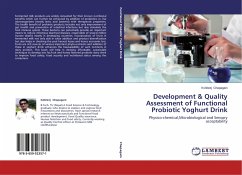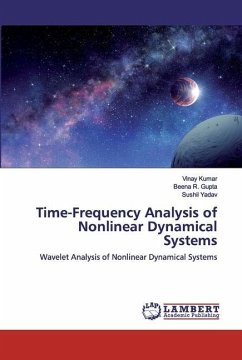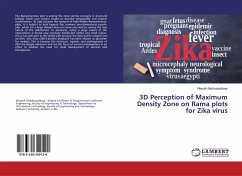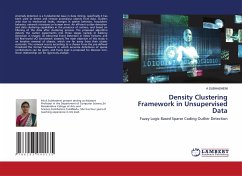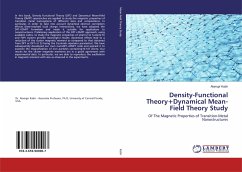
Density-Functional Theory+Dynamical Mean-Field Theory Study
Of The Magnetic Properties of Transition-Metal Nanostructures
Versandkostenfrei!
Versandfertig in 6-10 Tagen
51,99 €
inkl. MwSt.

PAYBACK Punkte
26 °P sammeln!
In this book, Density Functional Theory (DFT) and Dynamical Mean-Field Theory (DMFT) approaches are applied to study the magnetic properties of transition metal nanosystems of different sizes and compositions. In particular, in order to take into account dynamical electron correlation effects (time-resolved local charge interactions), we have adopted the DFT+DMFT formalism and made it suitable for application to nanostructures. Preliminary application of this DFT+DMFT approach, using available codes, to study the magnetic properties of small (2 to 5-atom) Fe and FePt clusters provide meaningfu...
In this book, Density Functional Theory (DFT) and Dynamical Mean-Field Theory (DMFT) approaches are applied to study the magnetic properties of transition metal nanosystems of different sizes and compositions. In particular, in order to take into account dynamical electron correlation effects (time-resolved local charge interactions), we have adopted the DFT+DMFT formalism and made it suitable for application to nanostructures. Preliminary application of this DFT+DMFT approach, using available codes, to study the magnetic properties of small (2 to 5-atom) Fe and FePt clusters provide meaningful results: dynamical effects lead to a reduction of the cluster magnetic moment as compared to that obtained from DFT or DFT+U (U being the Coulomb repulsion parameter). We have subsequently developed our own nanoDFT+DMFT code and applied it to examine the magnetization of iron particles containing10-147 atoms. Our results for the cluster magnetic moments are in a good agreement with experimental data. In particular, we are able to reproduce the oscillations in magnetic moment with size as observed in the experiments.




